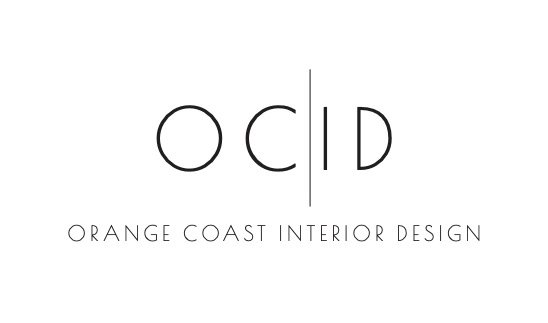Facts about Minimalism as an Interior Design and a Way of Life
Minimalism is an art and lifestyle movement that revolves around simplicity and the pursuit of less. It is a concept that has been embraced by various sectors, from interior design and fashion to music and technology. But what exactly is minimalism, and how did this trend come to be? In this piece, we will delve into the origins of minimalism, unraveling the roots of this fascinating phenomenon and how it has become a timeless trend.
The Genesis of Minimalism
At its core, minimalism is about appreciating and finding value in life's simple, unadorned, and essential elements. Contrary to popular belief, minimalism has existed for centuries, with roots in different cultures and religions worldwide.
For instance, Zen Buddhism, an ancient Japanese philosophy, emphasizes the importance of simplicity and austerity in daily life. The ancient Greek philosopher Diogenes of Sinope, also advocated for a minimalist lifestyle, believing that true happiness could only be achieved through a life unburdened by possessions and social expectations.
However, the minimalism we know today as an art and interior design movement began in the late 1950s and 1960s. This movement, primarily fueled by American artists and designers, responded to consumerism and materialism in the post-World War II era. The artists and designers of the time sought to challenge the status quo and promote a more mindful, intentional way of living.
Key Influencers and the Growth of Minimalism
Several vital figures contributed to developing and popularizing minimalism as an aesthetic and lifestyle choice. In art, artists such as Donald Judd, Frank Stella, and Agnes Martin pioneered the minimalist movement by creating artwork characterized by simple geometric shapes, repetition, and limited color palettes. These artists sought to strip away any unnecessary embellishments and focus solely on their work's raw, essential elements.
In architecture and interior design, the influence of minimalism can be traced to the works of Mies van der Rohe and Le Corbusier. These architects were known for their "less is more" approach, emphasizing the value of simplicity, functionality, and clean lines in their designs. This design philosophy has since become synonymous with minimalist architecture and has inspired countless buildings and interiors worldwide.
As minimalism continued to gain traction, it also seeped into various other sectors. Fashion designer Yohji Yamamoto championed the minimalist aesthetic in clothing, creating understated yet elegant designs. Steve Jobs, the co-founder of Apple Inc., was also a well-known minimalist, and his design philosophy has been evident in the sleek, minimalist design of Apple products.
The Enduring Appeal of Minimalism
Today, minimalism remains a popular and relevant trend, with people across the globe embracing its core tenets in various aspects of their lives. The minimalist lifestyle has particularly appealed to those looking to declutter their lives and focus on what truly matters. From capsule wardrobes and tiny homes to digital detoxes and mindfulness practices, minimalism has become more than just an aesthetic choice – a way of life.
In an age of information overload and consumerism, minimalism offers a refreshing alternative that encourages us to strip away the excess and concentrate on the essentials. It is a reminder that, sometimes, less is indeed more.
Conclusion
Minimalism, as a trend, has evolved over the years, adapting to the changing needs and preferences of the people who embrace it. Its enduring appeal lies in its simplicity, versatility, and the sense of clarity and tranquility it brings to our lives. As we navigate the complexities of the modern world, minimalism is a gentle reminder to find beauty and value in the simplest things.
To incorporate minimalism into your home's interior design, turn to Orange Coast Interior Design. We will tastefully merge your current layout with this style, so you can have a space that is chic but has your personality. Schedule a brainstorming session now!
